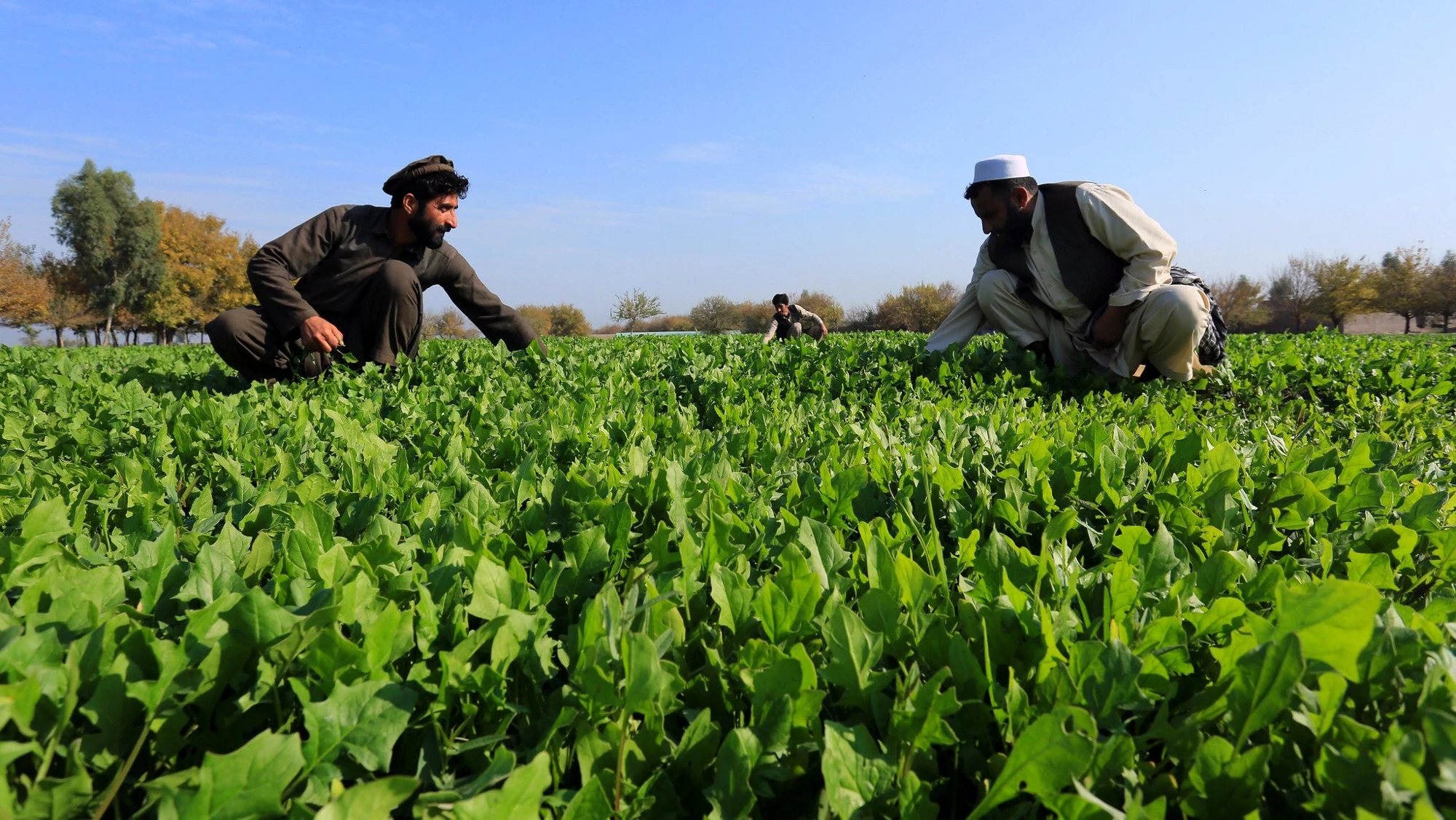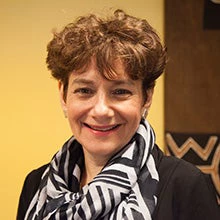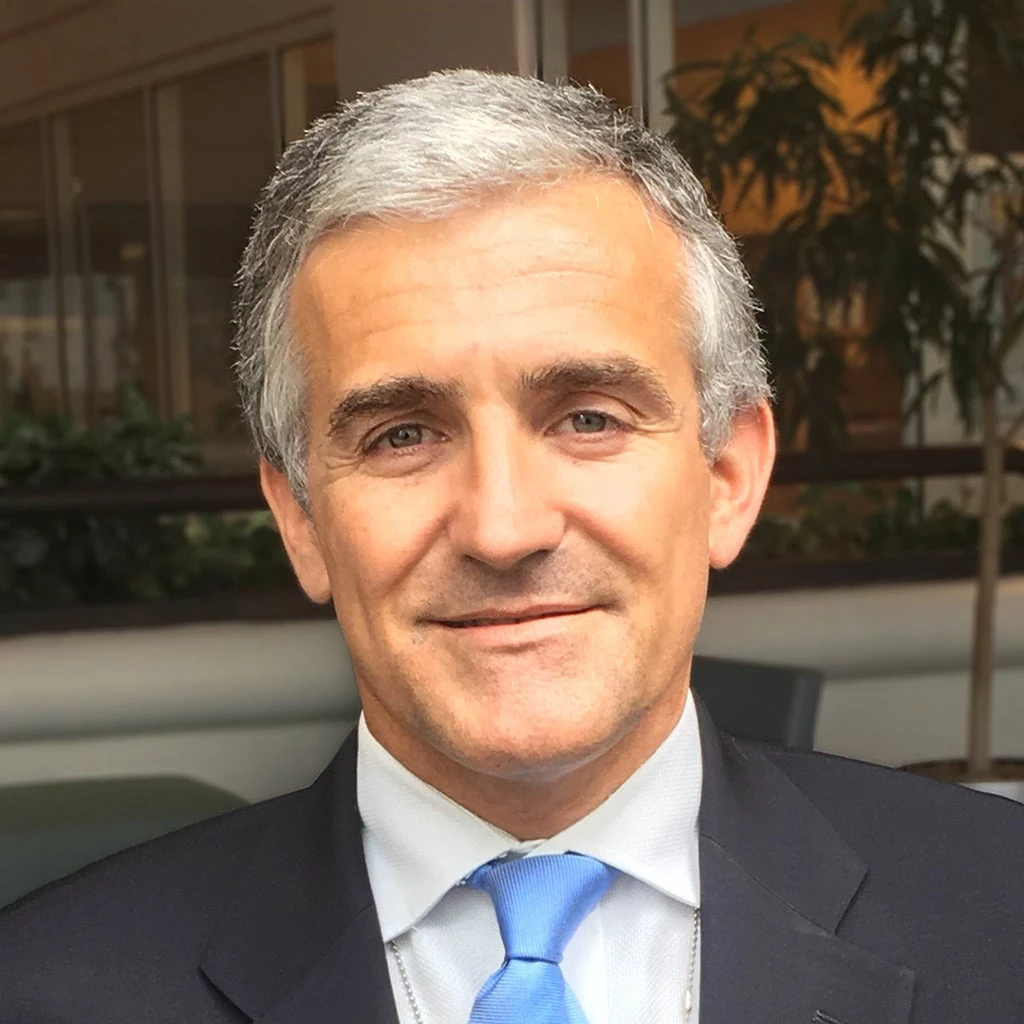 Des agriculteurs afghans vérifiant leurs récoltes ©Rumi Consultancy/Banque mondiale
Des agriculteurs afghans vérifiant leurs récoltes ©Rumi Consultancy/Banque mondiale
The COVID-19 pandemic has put a spotlight on some of the biggest cracks in societies worldwide. While many governments are still grappling with surging cases, violence is fueling the crisis in some of the world’s most fragile environments. Boko Haram and Al-Qaeda have capitalized on the pandemic, launching violent attacks in the Lake Chad Basin, Mozambique, and elsewhere. There is also growing concern over the gender-differentiated impacts of the pandemic on women. Studies show that the lockdown has led to a marked surge in domestic violence cases globally.
Apart from these troubling trends, COVID-19 is putting new pressure on national and local economies with weak public services and a low capacity to respond. There is a strong risk that this could worsen the impact of the pandemic by giving rise to more social unrest, violence and instability. In countries impacted by fragility, conflict and violence (FCV), these trends are amplified, placing an additional strain on societies. Because people are ultimately the biggest casualties of conflict, socially sustainable solutions that address long-lasting barriers to development – such as exclusion, lack of voice, and inequality-- are essential.
Here are three reasons why.
First, social resilience creates opportunity for people who live in fragile societies to thrive by building strong households and communities that can withstand divisions caused by conflict and violence. That’s why it is critical for us to enhance social cohesion and support a sustainable recovery from COVID-19 that invests in communities, which are some of the most effective front-line respondents to crisis. Through community-driven approaches, we have scaled up quickly to operate in remote or conflict-affected environments. In Afghanistan, the Citizen’s Charter project has mobilized communities to lead public awareness campaigns on COVID-19. Village leaders are sharing life-saving information during small gatherings, where attendees observe strict social distancing and other prevention measures. Under COVID-19, the government is expanding the program along with the Afghan Communities and Households (REACH) project to reach 90% of the country --or 34 million people.
Second, inclusion of all people in service delivery, irrespective of income, geography, gender, ethnicity, disability, religion, or sexual orientation is critical. When some people do not have access to health, education, jobs, fair wages, or financial markets, it comes at a tremendous cost to all and to the economy. The cost of gender wage gaps alone, for example, has been estimated to be more than one year of global GDP combined. That’s why in the Horn of Africa, we are supporting a community-driven development program that has reached over 218,000 beneficiaries in Ethiopia, half of whom are women. About 12,100 children can now access primary schools; nearly 20,200 people can access health centers, and 76,000 people have improved access to safe water. This inclusive delivery approach is also taken in our projects tackling gender-based violence, particularly in DRC, where we are working to prevent violent conflict and interpersonal violence.
Finally, empowerment expands opportunities for all people to shape their own futures and have a meaningful voice in societies, which is essential to a responsive and transparent government and the foundation for inclusive growth. Supporting social empowerment calls for strengthening the last mile of decentralization programs to communities and fostering citizen-driven accountability from the bottom up. The role of social accountability in this respect is critical. For instance, a new participatory monitoring program in Mozambique invites citizens to report problems in waste management services through a digital platform, relaying these problems via an open-source map for the city council to enlist microenterprises to collect waste.
Supporting more resilient, empowered, and inclusive societies and protecting the most vulnerable requires development actors like the World Bank to foster partnerships with humanitarian, peace and security, and other actors. Such partnerships are a key part of the recently released first World Bank Group strategy for FCV, which defines our long term development approach to fragile situations, recognizing that up to two-thirds of the world's extreme poor could live in such settings by 2030.
Our institutional approach includes a focus on conflict prevention to address its root causes -- like social and economic exclusion-- before they turn into full blown crises. Ensuring access to basic services and preserving institutional resilience is a priority when remaining engaged in situations of active conflict, as is mitigating the impact of FCV on the most vulnerable, including populations forcibly displaced across borders by crises. The strategy is backed by an estimated $26 billion in financing over the next three years from the International Development Association (IDA), the World Bank’s fund for low-income countries, signaling a renewed commitment to support and build more resilient and inclusive societies as they recover from the pandemic.
Editor’s note: this blog has been edited after publication to update the figure of IDA19 financing allocation for fragility, conflict, and violence-affected situations ($26 billion)



Join the Conversation